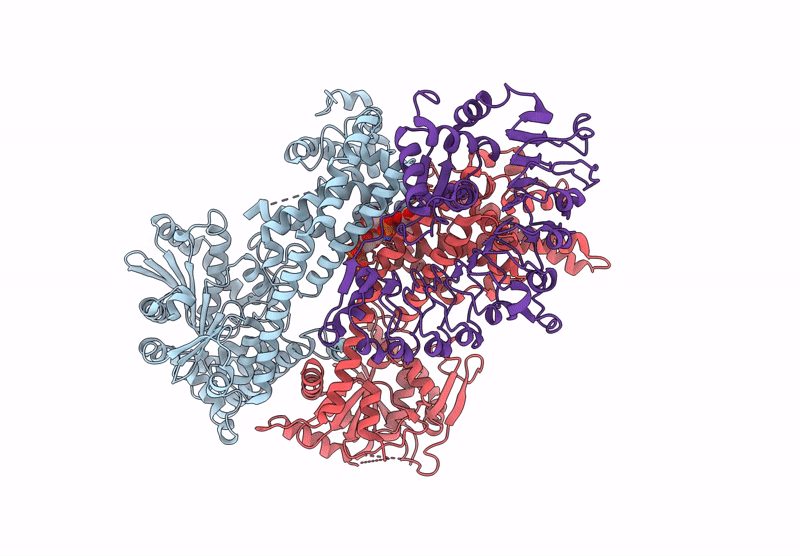
Deposition Date
2024-03-10
Release Date
2024-12-11
Last Version Date
2025-03-26
Entry Detail
PDB ID:
8YN1
Keywords:
Title:
Cryo-EM structure of NRG1A(LRR) in complex with EDS1-SAG101-(ADPr-ATP)
Biological Source:
Source Organism:
Arabidopsis thaliana (Taxon ID: 3702)
Host Organism:
Method Details:
Experimental Method:
Resolution:
3.09 Å
Aggregation State:
PARTICLE
Reconstruction Method:
SINGLE PARTICLE


